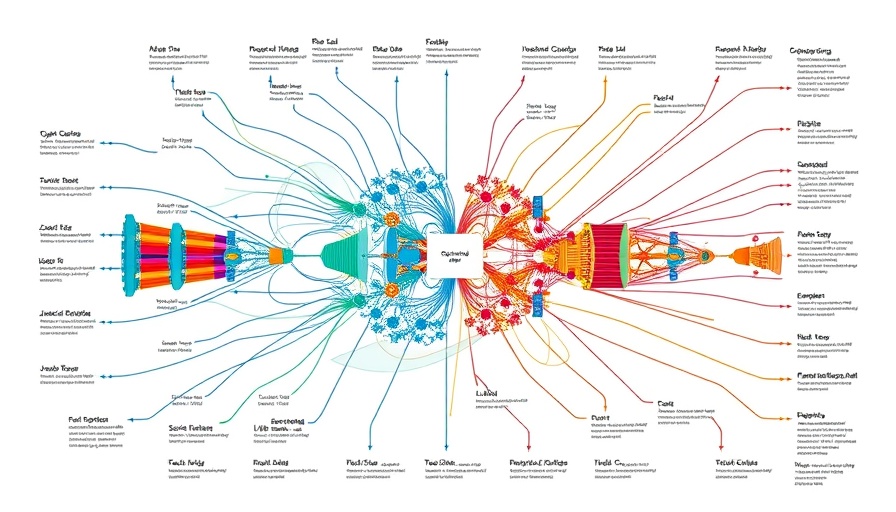
Unlocking the Potential of Partial Differential Equations with Light
Partial differential equations (PDEs) play a significant role in understanding complex systems across various fields such as physics, finance, and engineering. These equations enable researchers to simulate real-world phenomena, but solving them has remained a formidable challenge due to their computational intensity. Historically, numerical methods have been the go-to approach; however, they often fall short in terms of speed and resources.
Introducing the Optical Neural Engine (ONE)
Researchers at the University of Utah have taken a groundbreaking step forward with the development of an optical neural engine, or ONE, which employs light to address the inherent complexities of PDEs. Unlike traditional digital representations, the ONE uses the unique properties of light, such as intensity and phase, to encode and transmit the equations. This novel approach not only enhances computational efficiency but also reduces energy consumption.
A Leap in Machine Learning and Artificial Intelligence
The implications of this innovation extend beyond mere speed. By integrating principles of machine learning and artificial intelligence (AI) within an optical framework, the ONE stands to redefine how we tackle mathematical problems. The device operates on a principle akin to neural networks, where information is transformed as it passes through the optical components of the system. Rather than processing data through electronic nodes, which is often slow and energy-intensive, the ONE harnesses light to accelerate this process considerably.
Potential Applications and Future Insights
The ability to solve PDEs with enhanced efficiency opens myriad possibilities in fields ranging from climate modeling to robotics. For instance, in climate science, faster PDE solutions could facilitate more accurate forecasting models, enhancing our understanding of weather patterns and climate change impacts. Moreover, in robotics and automation, quick and efficient computations could lead to significant advancements in machine learning algorithms, improving decision-making processes in real-time.
Counterarguments and Perspectives
Although the ONE presents numerous advantages, some in the scientific community remain skeptical. There might be challenges associated with scaling this technology for widespread application and integration into existing systems. Furthermore, exploring how optical solutions can complement traditional methods in solving PDEs will be crucial in determining the holistic impact of this technology. A diverse range of voices will help shape its future development, ensuring technologies benefit society as a whole.
Final Thoughts and Impact of Optical Technology
As artificial intelligence continues to revolutionize industries, innovations such as the optical neural engine signify a significant step forward in enhancing computational methodologies. Gaining insight into the interplay between PDEs and optical technology not only enriches our existing knowledge but also paves the way for future breakthroughs. The next generation of computational tools could look very different than what we know today, driven by principles of light and machine learning.
 Add Row
Add Row  Add
Add 




Write A Comment